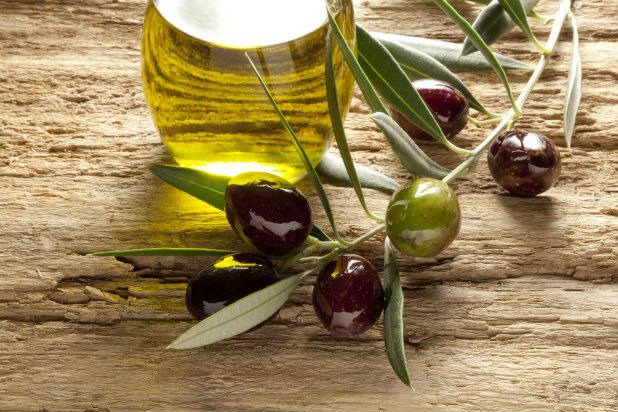7 Ingredients Aren't What You Think (Slideshow)
Here's an unpleasant surprise: many bottles of olive oil also contain soybean or vegetable oil. Worse still, some bottles are created entirely from another type of oil. For the best chance of obtaining the real thing, look for olive oil that is labeled with a specific point of origin (though even then you may be getting oil grown in one place and bottled in another).
Fish
Think you're eating cod? It's probably tilapia. Red snapper? That could be tilapia, too. False labeling on fish is very common in the United States; as much as one third of the fish in your grocery store could be incorrectly labeled, with snapper being the most commonly mislabeled. Be sure to check Monterey Bay Aquarium's website for more information about the best fish to buy.
Black Pepper
Once a spice is ground, it can be difficult to know what it includes. In the case of black pepper that might be papaya seeds and pepper stems. To be sure you're getting all real black pepper, invest in a pepper mill and grind your own from whole peppercorns.
Honey
Honey is one ingredient that you should be buying from a local, small-batch producer; try purchasing it at your local farmers market. Much of the honey sold in supermarkets is diluted with high-fructose corn syrup.
Saffron
Don't overpay for dyed onion or marigold powder masquerading as super-expensive saffron; buy saffron in threads, which makes it much harder to counterfeit.
Balsamic Vinegar
Beware of inexpensive balsamic vinegar (cheap wine vinegar with food coloring added); the real stuff is aged for years in oak casks. If you're looking for real balsamic vinegar, look for "grape must" (unfermented pressed grapes) in the ingredient list.
Cinnamon
Unless it says "Ceylon" on the label, your cinnamon is probably cassia; most of the cinnamon sold in the United States is. Worse still, your "cinnamon" may actually be ground coffee husks.






